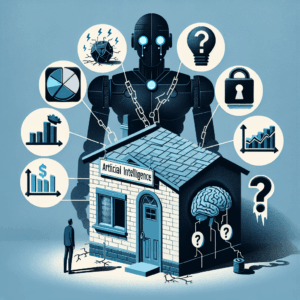Controversial QR Code Phishing: How Small Businesses Can Stay One Step Ahead
QR Code Phishing is becoming one of the fastest-growing threats targeting small businesses today. It’s sneaky, low-effort for attackers, and plays on something we’ve all gotten used to, those little pixelated squares we scan without a second thought. But now, cybercriminals are stuffing those QR codes with malicious traps, tricking folks into giving up sensitive info or downloading nasty software straight to their phones. For small business owners juggling a dozen priorities a day, this isn’t just another thing to worry about, this is something that can knock you flat if you’re not careful.









